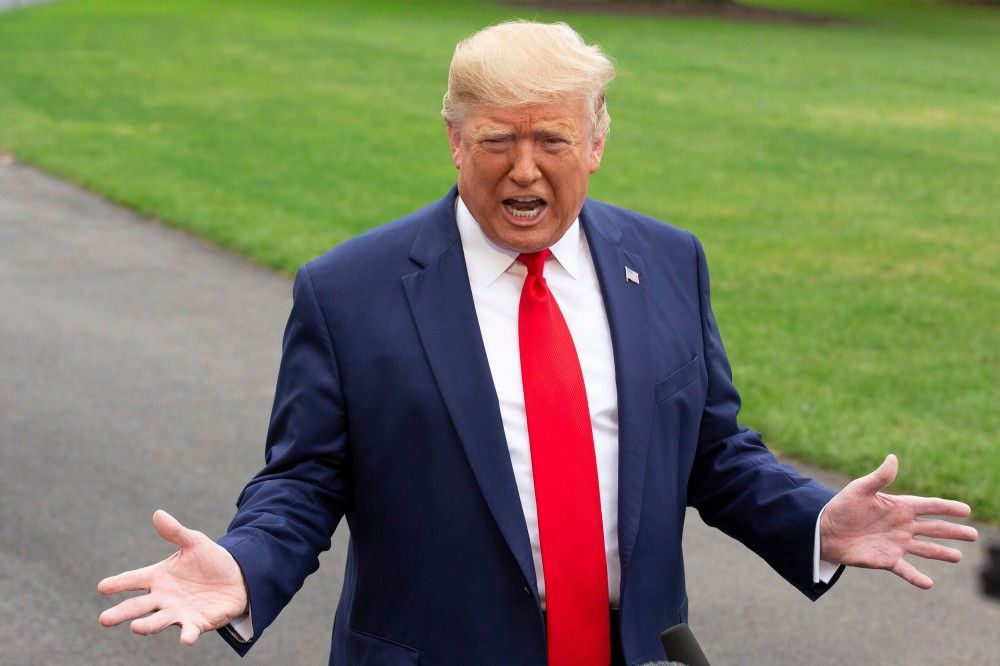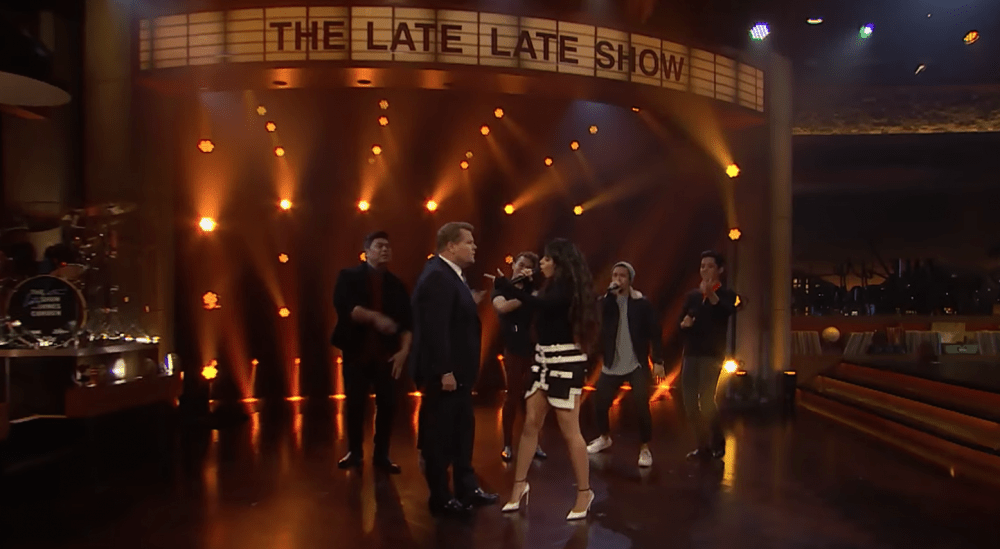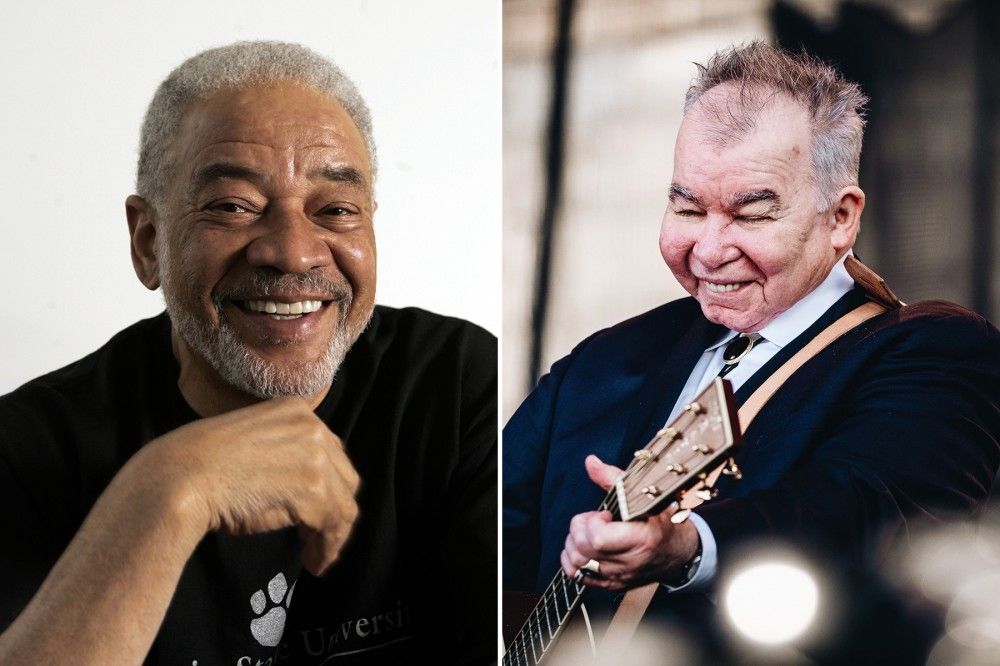
Trump's Social Media Executive Order Is a Confession of His Ignorance
With more than 100,000 Americans now dead from the coronavirus, President Trump has spent this week doing what he does best — ignoring the crisis and instead railing against invented demons. This week’s demon is , the social media platform that the president normally uses to his great advantage, peddling falsehoods and conspiracy theories to stoke right-wing rage.
But on Tuesday, Twitter meagerly pushed back. After the president claimed that mail-in ballots would lead to rampant fraud, Twitter labeled two of his tweets with “Get the facts about mail-in ballots.” Following that link sent readers to a CNN article that tells the truth about mail-in voting — that election fraud is vanishingly rare. (And on Friday morning, just as this piece was being finished, Twitter added a third disclaimer to a Trump tweet, this time about glorifying violence.)
Of course, this most modest form of fact-checking from Twitter enraged the president. On Wednesday, he railed against censorship, threatened to shut down social media platforms, and said that Twitter was stifling free speech. And Thursday, the president followed through on one of his Wednesday threats, signing an executive order that he claims will “fight online censorship by tech corporations, including social media platforms.”
How to make sense of all of this, the president of the country with the highest number of coronavirus deaths and cases (by many multitudes) ignoring the tragedy and instead using his resources to pick a fight with the social media platform that he himself uses as an essential part of rallying his followers? Well, it’s hard to do so without understanding this central facet of the Trump presidency: His bluster usually does nothing other than show that he doesn’t understand how law or the Constitution works. Here, he has managed a rare triple-axel of idiocy.
FIRST, THE CONSTITUTION. President Trump has argued social media giants are violating basic free-speech principles. The preamble to the executive order says as much, likening social media platforms to the public square of days past. The order states that “when large, powerful social media companies censor opinions with which they disagree, they exercise a dangerous power.”
The order fundamentally misunderstands constitutional principles of free speech. A basic rule of the Constitution is that, except for the prohibition on slavery in the Thirteenth Amendment, the Constitution prohibits only government actors from doing things, not private actors. Twitter, as should be eminently clear, falls into the latter category. As a private actor, no matter how important Twitter is to the president, other politicians, and public discourse today, it is not bound by the First Amendment.
What this means is that Twitter can censor any person or content it wants without violating the First Amendment because only the government can violate the First Amendment. (Whether it is good business or good policy for Twitter to do so is an entirely different, but nonconstitutional, question.) In fact, Twitter, as a private company, is protected by the First Amendment. If Twitter wants to ban all Republicans, it can do so. If it doesn’t want people named David who vote for liberals using its platform, it can do that too. Twitter’s freedom to express itself however it wants — including by putting a short little disclaimer after two of the president’s tweets — is what the Constitution protects.
The irony here is that conservatives have been the ones historically who have established these principles in American constitutional law. It was conservative Supreme Court justices in the 1970s who ruled that private shopping malls do not have to allow anti-war protesters to speak on their property because the malls are private businesses. Then, almost four decades later, it was a different batch of conservative justices who ruled that private companies are people under the Constitution, and have First Amendment rights of their own.
SECOND, HOW LAWS ARE MADE. The gist of the executive order is that the president wants to change the interpretation of Section 230 of the Communications Decency Act, a 1996 federal law. That provision protects online platforms from liability for content they host that is posted by others. So, for instance, back in 2016, when I wrote on this site that it was time to repeal the Second Amendment, I received a barrage of anti-Semitic hate email, Twitter, and this site’s comment section. One commenter posted a bizarre accusation against me that in the 1980s (when I was a young teen), I burned down a house, killing several people as a way to cover up a rape that I had committed. Thanks to Section 230, Rolling Stone did not have to police the comment section and could leave that comment on its site without fear that I would sue them for libel for hosting this clearly defamatory statement.
Trump’s order says that this immunity will not apply to platforms that “use their power over a vital means of communication to engage in deceptive or pretextual actions stifling free and open debate by censoring certain viewpoints.” Under Trump’s view of the world, conservative political views are being stifled by Twitter and other social media platforms, so they would lose this liability protection.
However, the president has no power to change federal law by signing an executive order. That’s just not how law works in this country. There have been almost 25 years of court cases interpreting Section 230. Those decisions, and the text of the statute itself, control how this law applies. If the president wants it changed, then he needs to do what anyone else has to do to change a law — convince Congress to pass a new one.
It is true that the president can direct federal agencies to interpret the law in this manner, and part of his order attempts to do just that. The order tells the Federal Trade Commission and the Federal Communications Commission that they are to interpret the law in this way. The problem here is that both of these agencies are independent of the federal branch and do not have to follow what the president says. Bottom line here is that this directive is all bark, no bite.
THIRD, HOW SECTION 230 WORKS. In the end, the irony of this executive order is that President Trump is tilting at a windmill that helps him and his cause. The reason that social media and other platforms allow the president and his supporters to post blatant falsehoods, wild conspiracy theories, and not-so-veiled death threats against entire political parties is because of Section 230.
Take the most recent hubbub involving the president and MSNBC host Joe Scarborough. Earlier this week, Trump resurfaced a baseless allegation that Scarborough was responsible for the death of a staff member when Scarborough was a Republican congressman. The woman’s widower sent a letter to Twitter asking the company to take down Trump’s tweets, but the site refused. While they may have legal claims against the president himself, thanks to Section 230, Scarborough cannot sue Twitter for hosting this defamatory tweet nor can the widower sue Twitter for causing him emotional distress. This kind of immunity allows all kinds of conservative rantings (and liberal ones too) to flourish online because the host platforms don’t have to worry about them.
BY NO MEANS do I want to downplay the outrageousness here of the president of the United States attempting to use his power to threaten social media companies with censorship, especially when those companies take the rare step of trying to check Trump’s excesses. However, it is important to sort through the mess of this executive order to understand what’s really going on here. And that is the same story that we have seen again and again — that the president is completely clueless as to American law, especially basic constitutional law.
Normally, that’s an embarrassing tragedy for this country. But when 100,000 people have died from a pandemic that is still raging across this country and the president is focusing his energies on this fake censorship nonsense, this tragedy is costing us all.
Cohen is a professor of law at the Drexel University Thomas R. Kline School of Law.



